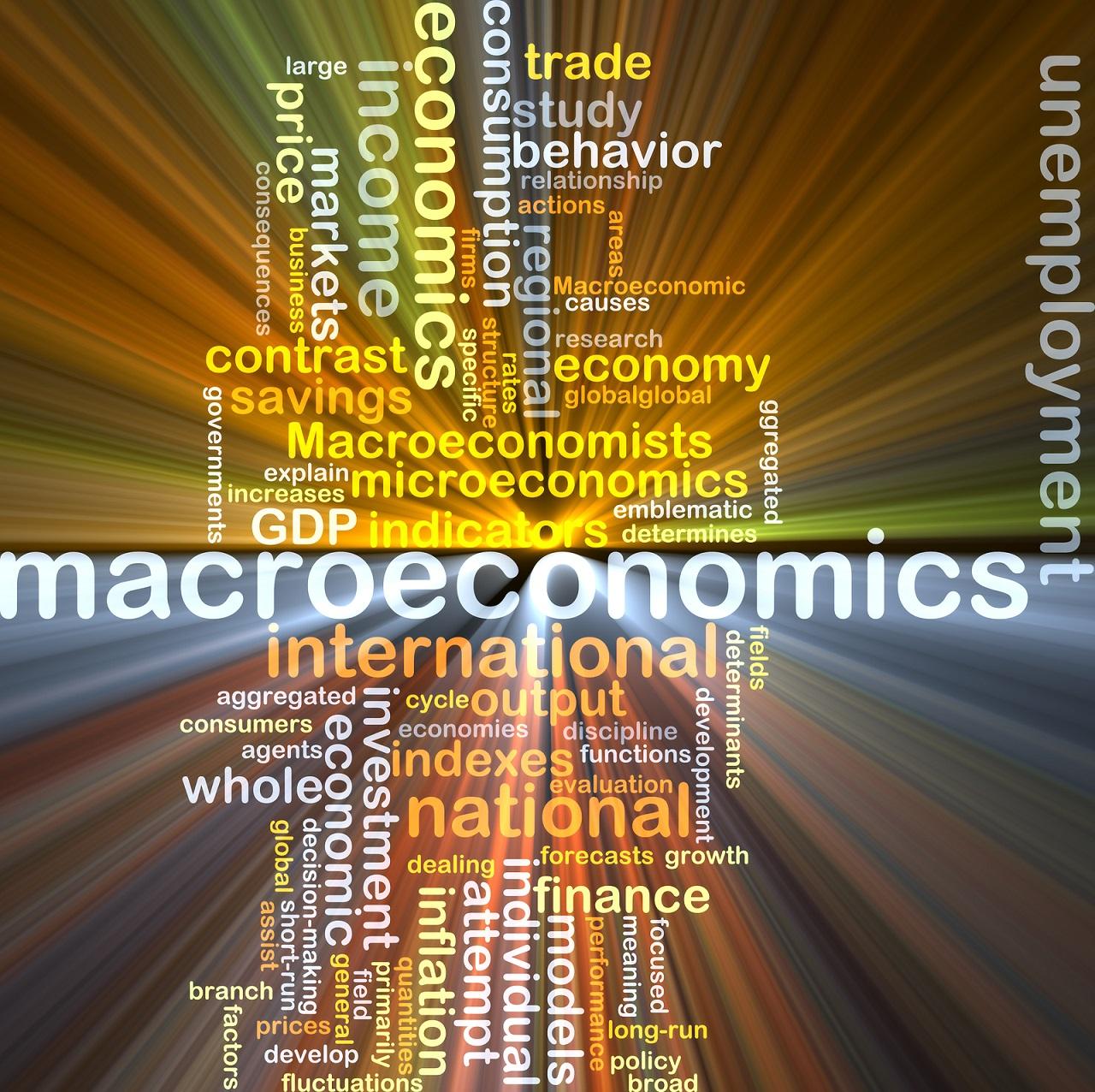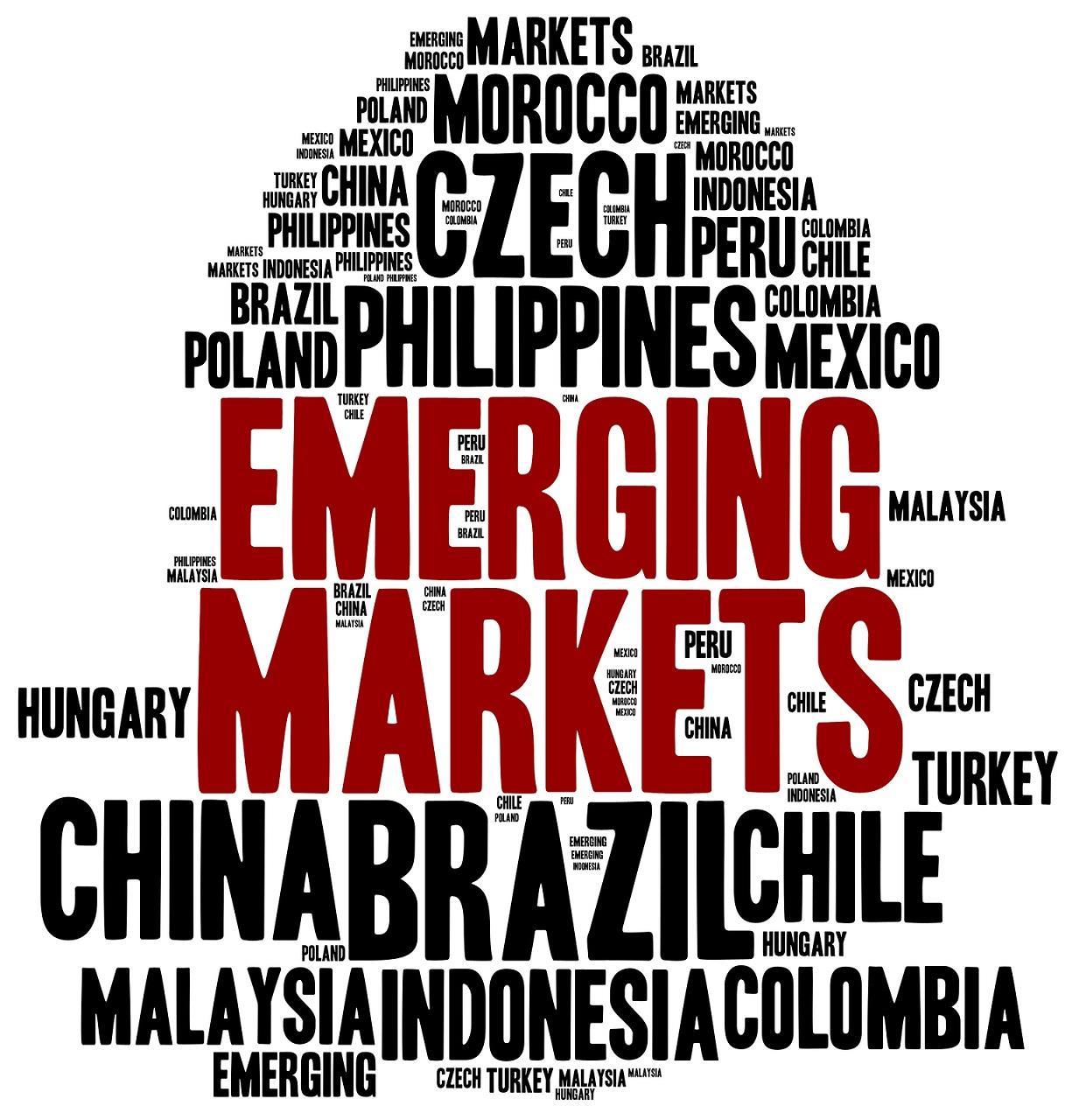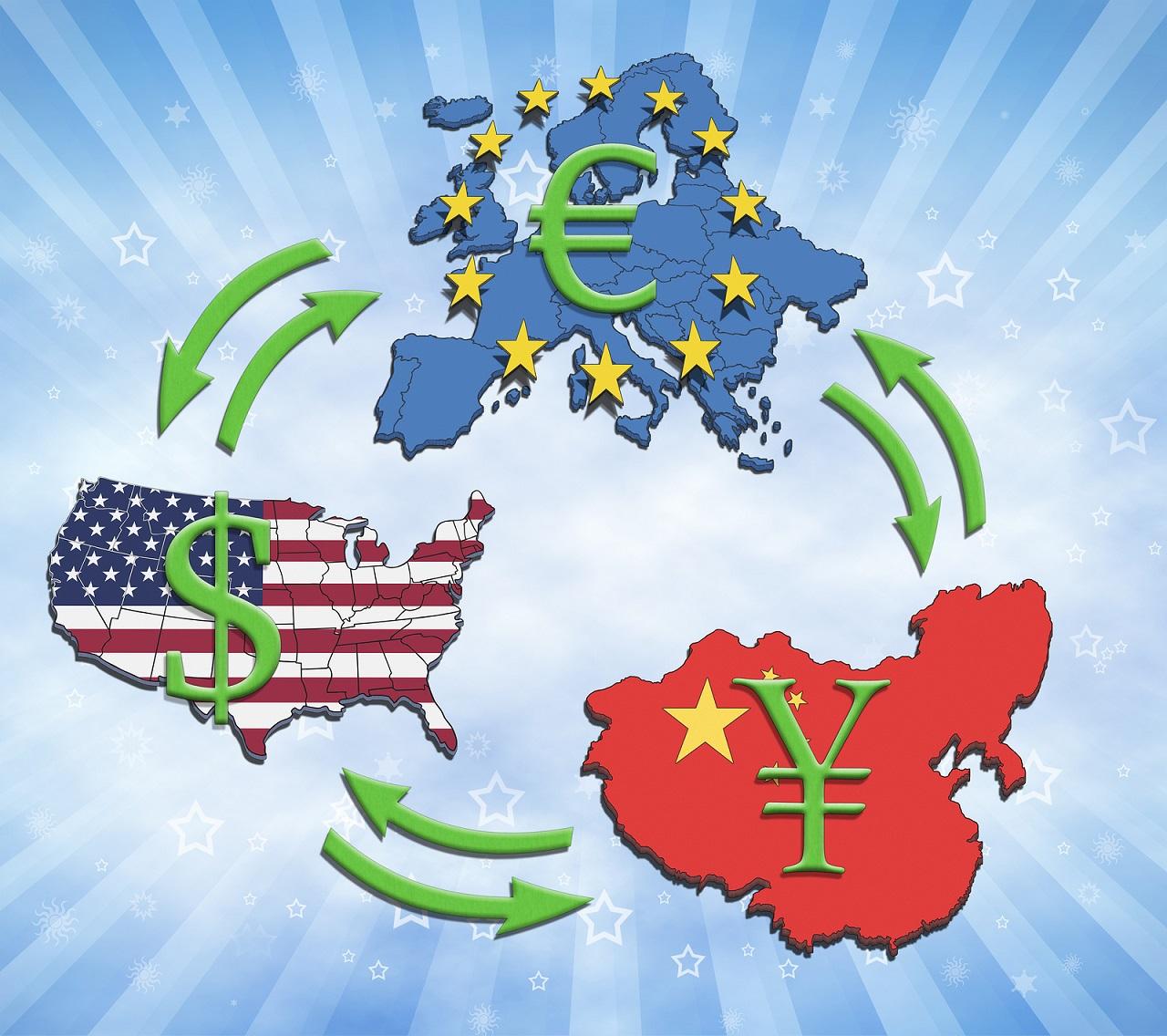
I was reading an article on Bloomberg the other day that 2015 is the year that nothing worked.
According to the article and I do believe them, it was the worst year for asset allocation funds since 1937. A 2.2% gain in the SP500 is roughly the best anyone could do.
You might have heard the old saying: “don’t put all your eggs in one basket” and this applies to asset allocation too, if one market is not performing well, probably another one does and we can move our assets there. That didn’t happen in 2015.According to a survey it was the worst annual performance for hedge funds since2011.
For 2016, as an investor, you should begin with a top down approach asking yourself two important questions: why did this happen in 2015 and is this likely to continue?
The main reason for this “unprecedented uncertainty” was mainly monetary policies set by central banks and in particular monetary policy decisions by the US FED.
In the Bible it says, “the Lord gives and the Lord takes away”, in our case the FED created a strong bullish environment for many assets by the introduction of their accommodative QE program and in 2015 in anticipation of the end of QE and a return back to normalizing rates and a more hawkish environment, resulted in the conditions we currently experience.
There were of course over reasons, like the QE in Eurozone, the slower growth in China,the drop in global growth, the impact in commodities and the effect of very low energy prices, fighting deflation, all that resulted in a year that the uncertainty regarding the future and what happens next, caused choppy market conditions, with no distinctive trends, broken correlations and the whole world hanging from the lips of Janet Yellen the president of the FED.
The potential impact from the FED’s decision was huge, for all markets, from Bonds,equities, to emerging markets and EM currencies and basically everyone was on a“wait and see” mode before pulling the trigger.
So more or less these developments shaped the conditions in 2015.
But this is old history now! The next question is whether these conditions are likely to continue in 2016 or if we are expecting something to change that will result in different conditions, a different regime.

Our first macro them for 2016 is that the US markets will outperform other developed markets.
The US is doing much better compared to other developed market economies. Even if projections regarding GDP growth are revised lower for at least the short term, the US economy is creating jobs and we can see a small but obvious rebound in manufacturing and housing.
So how is this affecting markets and the man on the street?
Let’s start with the bond market.
If conditions continue improving and if this scenario proves correct then let me tell you that we will have some important portfolio restructuring.
As short term yields move higher because of the monetary policy and an expected hiking cycle, compressing the difference between short and longer term yields that results in a flattened curve in USD Treasuries.
That worked very well for 2015 but please remember that in the last meeting of the year the FED changed their policy and moved to a hiking cycle.
Now, if the economy keeps going as it is now and the FED doesn’t change their policy dramatically then we can have a hiking cycle that happens at a slow, gradual pace or conditions are far better than we thing and we have a fast, hiking cycle.
Neither of these supports the case for a flattener so please be warned!
Investors and economists do recognize the improved conditions in US but what causes uncertainty is inflation and international conditions. If the economy is improving then why inflation is still moving around the zero level, where is the pickup in inflation?
That brings us to the second macro theme, which is fighting global deflation.

With the exception of US, the effectiveness of QE’s and other accommodative measures on global scale is doubtful.
A structural economic weakness in emerging markets, lower commodity prices, lower growth and weakness in China’s economy and the prospect of a currency war (also known as currency depreciation) make central bankers think twice about a return back to normalizing rates.
Our second macro theme, global deflation, is also the biggest threat for FED’s policy, as international markets nowadays are well connected and a slowdown and a return of deflationary forces on a global scale can seriously affect conditions inside US as well.
Our third macro theme is emerging market currency weakness.

Improved conditions in U Seconomy and the prospect of higher interest rates cause will most likely put downward pressure in EM currencies. Countries like Turkey, Brazil, South Africa or certain South East Asian economies that have an important deficit and depend on foreign portfolio flows will suffer the most. If that scenario materializes will most likely affect commodities too, as deteriorating conditions in EM anda potential drop in demand will cause commodities to drop further. Therefore even currencies from commodity producing economies like the Australia, New Zealand and Canada.
Our fourth macro theme has to do with crude oil as this seriously impacts headline inflation and is a serious catalyst for global deflation.

In 2015 a drop in demand from EM countries but especially China, caused the price of oil to sink. But I am afraid there were other more complicated reasons as well. The Saudi government the largest producer of oil among OPEC members decided to keep production at high levels, therefore keeping prices lower for two main reasons: they wanted to keep their market share and not lose it to shell oil producers from the States or Iran. There was also a geopolitical reason that also satisfied the geopolitical plans of the US, by keeping oil prices low, they were placing financial pressure in a country that oil is a large portion of their GDP and that’s Russia.
The question is, how much pain the Saudi’s can take in their budget before deciding that enough is enough. The latest budget was better than expected but nevertheless it showed that revenues are falling and they do have a deficit to finance. They have announced important changes in 2016 to promote economic growth and reduce expenses but there are also other economies inside OPEC that feel the pain of low oil prices and the impact in their economy is important.
Let’s now turn to our fifth macro theme which is China itself and the future of global trade.

We have been witnesses of the fact that central banks and governments around the world have been trying to survive the financial crisis that started in 2008 by introducing accommodative monetary and tighten fiscal policies and lower their exchange rates in order to boost their exports and stay competitive in the global arena.
Was this enough? If we take a look at Eurozone and Japan the answer is probably not and in the case of Eurozone we have important social unrest that can affect the unity of Europe. Growth in the US is there but is anemic. Deflationary forces have not gone away, constantly reminding us how fragile the global economy is at the moment.
How will China respond to these conditions and the rising rates by the US FED? Global trade is expected to remain weak over the next five years and I am certain that China will be looking to stimulate domestic demand and boost exports. Their actions will be closely monitored as they will impact the relations with US and can impact global trade and EM economies.
Of course someone can argue that there are other catalysts as well that can affect the outlook of 2016 but our goal is to apply a top down approach, understand the major macro themes and then start looking at more detailed specific factors that will allow us to highlight the highest probability trades for the year ahead.
As we understand the global financial landscape and what is driving prices on a macro level, then the high probability trades will be revealed, like for example, the Canadian dollar, the USD, commodity currencies, emerging market currencies, European equities, and other opportunities but that is the scope of another presentation.
Thank you!
Fotis Papatheofanous, MBA.
None of the fotis trading academy nor its owners (expressly including but not limited to Marc Walton), officers, directors, employees, subsidiaries, affiliates, licensors, service providers, content providers and agents (all collectively hereinafter referred to as the “fotis trading academy ”) are financial advisers and nothing contained herein is intended to be or to be construed as financial advice
Fotis trading academy is not an investment advisory service, is not an investment adviser, and does not provide personalized financial advice or act as a financial advisor.
The fotis trading academy exists for educational purposes only, and the materials and information contained herein are for general informational purposes only. None of the information provided in the website is intended as investment, tax, accounting or legal advice, as an offer or solicitation of an offer to buy or sell, or as an endorsement, recommendation or sponsorship of any company, security, or fund. The information on the website should not be relied upon for purposes of transacting securities or other investments.
You hereby understand and agree that fotis trading academy, does not offer or provide tax, legal or investment advice and that you are responsible for consulting tax, legal, or financial professionals before acting on any information provided herein. “This report is not intended as a promotion of any particular products or investments and neither the fotis trading academy group nor any of its officers, directors, employees or representatives, in any way recommends or endorses any company, product, investment or opportunity which may be discussed herein.
The education and information presented hereinen is intended for a general audience and does not purport to be, nor should it be construed as, specific advice tailored to any individual. You are encouraged to discuss any opportunities with your attorney, accountant, financial professional or other advisor.
Your use of the information contained herein is at your own risk. The content is provided ‘as is’ and without warranties of any kind, either expressed or implied. The fotis trading academy disclaims all warranties, including, but not limited to, any implied warranties of merchantability, fitness for a particular purpose, title, or non-infringement. The fotis trading academy does not promise or guarantee any income or particular result from your use of the information contained herein. The fotistrainingacademy.com assumes no liability or responsibility for errors or omissions in the information contained herein.
Under no circumstances will the fotis trading academy be liable for any loss or damage caused by your reliance on the information contained herein. It is your responsibility to evaluate the accuracy, completeness or usefulness of any information, opinion, advice or other content contained herein. Please seek the advice of professionals, as appropriate, regarding the evaluation of any specific information, opinion, advice or other content.
Marc Walton, a spokesperson of the fotis trading academy, communicates content and editorials on this site. Statements regarding his, or other contributors’ “commitment” to share their personal investing strategies should not be construed or interpreted to require the disclosure of investments and strategies that are personal in nature, part of their estate or tax planning or immaterial to the scope and nature of the fotis trading academy philosophy.
All reasonable care has been taken that information published on the Fotis trading academy website is correct at the time of publishing. However, the Fotis trading academy does not guarantee the accuracy of the information published on its website nor can it be held responsible for any errors or omissions.
Recommended Content
Editors’ Picks
AUD/USD tests lows near 0.6550 after dismal Aussie Retail Sales, mixed China's PMIs

AUD/USD is testing lows near 0.6550 after Australian Retail Sales dropped by 0.4% in March while China's NBS April PMI data came in mixed. Upbeat China's Caixin Manufacturing PMI data fails to lift the Aussie Dollar amid a softer risk tone and the US Dollar rebound.
USD/JPY rebounds to 157.00 after Monday's suspected intervention-led crash

USD/JPY is trading close to 157.00, staging a solid rebound in the Asian session on Tuesday. The pair reverses a part of heavy losses incurred on Monday after the Japanese Yen rallied hard on probable FX market intervention by Japan's authorities. Poor Japan's jobs and Retail Sales data weigh on the Yen.
Gold prices soften as traders gear up for Fed monetary policy decision

Gold price snaps two days of gains, yet it remains within familiar levels, with traders bracing for the US Fed's monetary policy decision on May 1. The XAU/USD retreats below the daily open and trades at $2,334, down 0.11%, courtesy of an improvement in risk appetite.
BNB price risks a 10% drop as Binance founder and ex-CEO Changpeng Zhao eyes Tuesday sentencing

Binance Coin price is dumping, with the one-day chart showing a defined downtrend. While the broader market continues to bleed, things could get worse for BNB price ahead of Binance executive Changpeng Zhao sentencing on Tuesday, April 30.
FX market still on intervention watch

Asian foreign exchange traders will be particularly attentive to any signs of Japanese intervention on Tuesday, following reports of Tokyo's involvement in the market on Monday. This intervention action propelled the yen upward from its 34-year low of 160 per dollar, setting off shockwaves of volatility.